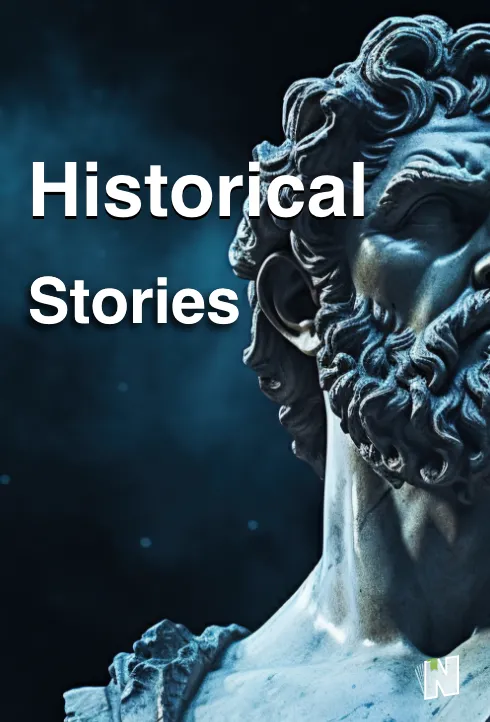Norse Legends and Mythical Creatures
Norse mythology is filled with fascinating characters and stories that blend strength, cunning, and mystery. Let’s explore some of the most renowned figures and mythical creatures from this ancient lore:
1. Thor God of Thunder and Strength: Thor is one of the most famous figures in Norse mythology, known for his powerful hammer, Mjölnir. Thor is not only the god of thunder but also a symbol of strength and protection. Despite his immense power, he is not known for his intelligence and often falls prey to the giants' mockery.
Mjölnir, his legendary hammer, was his primary weapon and possessed extraordinary abilities, including the power to unleash lightning and cause earthquakes. When Thor throws it, it hits its target with precision and then returns to him automatically. Thor was regarded as the protector of the earth and humanity, and people would turn to him for safety from dangers.
2. Odin The Wise God and Father of All Gods: Odin is the wisest deity in Norse mythology, often depicted as an old man with a long beard, accompanied by two ravens that help him gather news from all realms. Odin wields a magical spear called Gungnir, made from the ashes of a sacred tree revered by the Norse.
Odin is associated with wisdom, war, magic, and poetry. He constantly sought knowledge, even sacrificing one of his eyes to drink from the well of wisdom and gain additional power and insight.
3. Surtr The Fire Giant and Guardian of Muspelheim: Surtr is the fire giant and the guardian of the fire realm Muspelheim. He plays a crucial role in Norse mythology, believed to be pivotal in the events of Ragnarok, the end of the world.
4. Hel Goddess of the Dead and Ruler of the Underworld: Hel is the daughter of Loki and rules over the realm of the dead, Helheim. Associated with ice and darkness, she embodies death and dread. She resides in Niflheim, where eternal ice and darkness prevail.
5. Loki God of Mischief and Chaos: Loki is the god of mischief and trickery, a complex and enigmatic figure. Known for inventing schemes and tricks, Loki has four children: Jörmungandr, Fenrir, and Hel. Despite extensive research about him, Loki remains an obscure figure without any cult of worship.
6. Jörmungandr The Midgard Serpent: Jörmungandr is the colossal serpent, Loki's child, also known as the "World Serpent." It possessed a unique trait of rapid growth, encircling the entire Midgard with its body.
7. Fenrir The Giant Wolf: Fenrir is a massive and terrifying wolf, one of the most dangerous creatures in Norse mythology. After the gods failed to bind him with regular chains, they crafted a magical chain from mysterious and powerful materials. Fenrir instilled fear in the gods with his size and immense strength.
8. Dwarfs The Magical Smiths: Dwarfs, or "dark elves," are small creatures living in the realm of Svartalfheim. They are renowned for their skills in blacksmithing and crafting magical weapons. Among their creations is Thor’s hammer, Mjölnir.
9. Giants The Primordial Beings: Giants are among the first creatures in Norse mythology, residing in Jotunheim. They are characterized by their immense size and strength, and were in constant conflict with the gods.
10. Tyr God of Law and Heroism: Tyr is the god of law and valor, famous for sacrificing his hand to distract Fenrir while binding him. Since then, Tyr has been depicted with only one hand.
11. Freyr God of Fertility and Peace: Freyr is the god of fertility and prosperity, viewed as a bringer of peace and pleasure to humans. Freyr is notable for receiving the realm of Alfheim as a gift in his youth, as well as his magical boar, Gullinbursti, and his ship, Skidbladnir.
Conclusion: Norse mythology remains rich with stories blending fantasy and moral lessons. Characters such as Thor, Odin, Loki, and Hel reflect various aspects of human life, from strength and courage to chaos and betrayal. These myths continue to be a part of our cultural heritage, passed down through generations.
